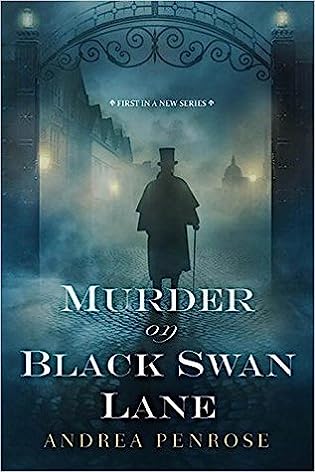 Murder on Black Swan Lane (Wrexford & Sloane, #1) by Andrea Penrose
Murder on Black Swan Lane (Wrexford & Sloane, #1) by Andrea Penrose Format: ebook
Source: purchased from Amazon
Formats available: hardcover, large print, paperback, ebook, audiobook
Genres: historical fiction, historical mystery
Series: Wrexford & Sloane #1
Pages: 340
Published by Kensington Books on June 27, 2017
Purchasing Info: Author's Website, Publisher's Website, Amazon, Barnes & Noble, Kobo, Bookshop.org, Better World Books
Goodreads
In Regency London, an unconventional scientist and a fearless female artist form an unlikely alliance to expose unspeakable evil . . .
The Earl of Wrexford possesses a brilliant scientific mind, but boredom and pride lead him to reckless behavior. He does not suffer fools gladly. So when pompous, pious Reverend Josiah Holworthy publicly condemns him for debauchery, Wrexford unsheathes his rapier-sharp wit and strikes back. As their war of words escalates, London’s most popular satirical cartoonist, A.J. Quill, skewers them both. But then the clergyman is found slain in a church—his face burned by chemicals, his throat slashed ear to ear—and Wrexford finds himself the chief suspect.
My Review:
This terrific historical mystery, wrapped in not one but two enigmas, begins in the best amateur-ish detective fashion by putting one of our soon to be investigators in the frame for murder. A frame he will need to investigate his way out of – even as he navigates and occasionally blunders his way into an uneasy partnership with the very last person he ever expected to be on his side.
Admittedly, the Earl of Wrexford wouldn’t have said he exactly “had” a side, at least not until he’s framed for the murder of the Reverend Josiah Holworthy. And not that he didn’t want Holworthy to suffer some kind of comeuppance for being just the sort of self-righteous fool that Wrexford never suffers gladly and preferably not at all.
But murder was going just a bit far – or at least considerably farther than Wrexford planned to go. Which doesn’t stop the frame from tightening towards a noose once Bow Street has him in their sights. Sights which have been focused even closer on the Earl thanks to the pointed, satirical cartoons of A.J. Quill, which have already painted Wrexford as the “Devil Incarnate”.
What makes this historical puzzler so delightfully puzzling is that not a single one of the characters, not the villain, not the investigators, not even the secondary and tertiary characters, are exactly who or what they appear to be.
While the stakes, which begin relatively small and seem confined to whether or not Wrexford’s neck will be stretched – or severed – not only expand but send out tentacles that reach from “mere” murder to the highest stakes and consequences of all.
Escape Rating A-: I picked this up for a couple of reasons. One, I seem to be in a bit of a murder-y mood this week, with three historical mysteries to start out my week. Sometimes I just get in the mood to see justice done. Two, I was looking for something to scratch a comfort reading itch while finding something new at the same time. Both the covers and the setting for the Wrexford & Sloane series remind me a LOT of the Sebastian St. Cyr series, and I discovered that I already possessed several books in the series.
The resemblance between the Earl of Wrexford and Sebastian St. Cyr, Viscount Devlin is there but isn’t as close as that cover led me to believe. Which doesn’t mean my hopes were at all dashed in the long run as Wrexford and Devlin were contemporaries who would have moved in the same circles at the same time if both had existed.
But there’s a fundamental difference in the two characters, as Devlin is exactly who he presents himself to be (at least as far as he knows when his series begins), while Wrexford’s inner person is rather different from the indolent lordling he shows the world.
So far, at least, Wrexford & Sloane do not find their affairs as intimately intertwined with the great events of their day in the same way that Devlin does. Wrexford is a member of the aristocracy, but he does not move in the halls of power – even if the resolution of the mystery before him does lead to empire-rattling consequences.
Although the events of this story initially center around Wrexford, it is the advent of Sloane that changes the game and gives the reluctant, budding partnership both its fascination and its appeal.
Because Wrexford has fashioned himself as a cold and calculating man of the new science of his day. While Sloane, hiding her poverty-stricken, widowed self behind a masculine pen name, is a creature of sharp wit, sharper tongue and indomitable will who believes it only safe for her to let her passions out through the medium of her talented ‘quill’. A woman who joins forces with Wrexford, but only in equal partnership and only on her own terms. Because she has already learned to her cost that no one can be trusted to save her or protect her – or her hostages to fortune – beyond her own redoubtable self.
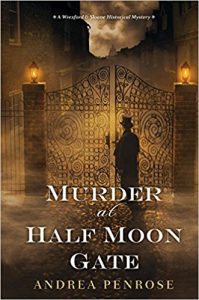 The Sherlockian overtones of Wrexford’s unemotional demeanor contrasted with Sloane’s carefully banked emotions as well as their opposition in gender and station gives this case much of its dramatic tension as well as providing plenty of opportunity for the characters to spark off each other so hard they very nearly set the scene afire. Not that there aren’t plenty of fires and even explosions of a slightly more mundane origin to deal with! They are clearly people who can’t be neutral about each other, even when they are on the same side. Where those sparks will lead them will undoubtedly be explored in the books to come, along with whatever else Sloane is hiding from both Wrexford and from herself.
The Sherlockian overtones of Wrexford’s unemotional demeanor contrasted with Sloane’s carefully banked emotions as well as their opposition in gender and station gives this case much of its dramatic tension as well as providing plenty of opportunity for the characters to spark off each other so hard they very nearly set the scene afire. Not that there aren’t plenty of fires and even explosions of a slightly more mundane origin to deal with! They are clearly people who can’t be neutral about each other, even when they are on the same side. Where those sparks will lead them will undoubtedly be explored in the books to come, along with whatever else Sloane is hiding from both Wrexford and from herself.
Plumbing the depths of Charlotte Sloane’s many, many secrets should make the subsequent books in this series every bit as riveting as this first outing. Clearly, the Wrexford & Sloane series is now on my list of comfort reads to be picked up when next the mood strikes me. I’m certain that their investigation of Murder at Half Moon Gate will pop to the top of the towering TBR pile in short order!

 A Disappearance in Fiji by
A Disappearance in Fiji by 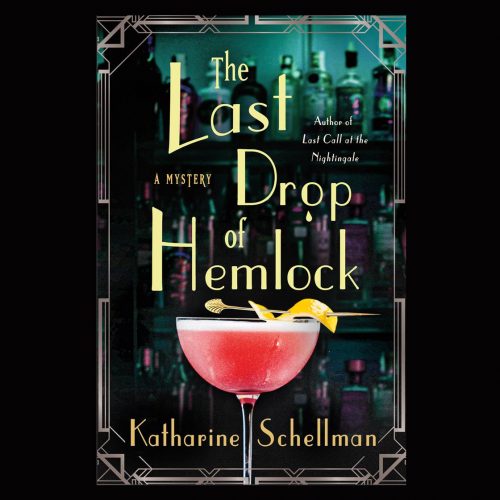 The Last Drop of Hemlock (Nightingale Mysteries, #2) by
The Last Drop of Hemlock (Nightingale Mysteries, #2) by  Escape Rating B: As I was listening to The Last Drop of Hemlock, I remembered what I wrote about the first book in this series,
Escape Rating B: As I was listening to The Last Drop of Hemlock, I remembered what I wrote about the first book in this series, 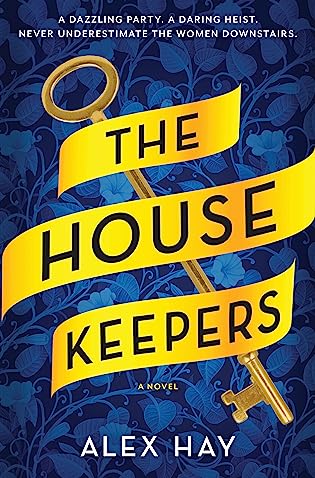 The Housekeepers by
The Housekeepers by  Escape Rating B: The Housekeepers is all about the heist. Which means that the characters take a back seat to the caper on this thrill ride, and the story is more about putting the operation together and taking the target apart than it is about the gang who are pulling it off.
Escape Rating B: The Housekeepers is all about the heist. Which means that the characters take a back seat to the caper on this thrill ride, and the story is more about putting the operation together and taking the target apart than it is about the gang who are pulling it off.
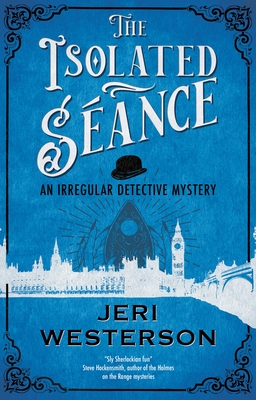 The Isolated Séance (An Irregular Detective Mystery #1) by
The Isolated Séance (An Irregular Detective Mystery #1) by 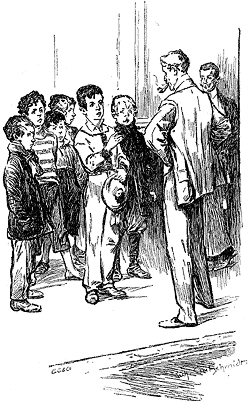
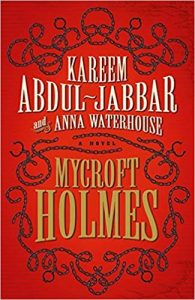 (Although both men are very young, Watson’s circumstances as a black man in a city that is prejudiced against him at every turn gives him a bit of caution and maturity that Badger sadly lacks. Watson’s perspective as someone who will always be considered an outsider even before he opens his mouth reminds this reader of the relationship between a young Mycroft Holmes and the more mature Cyrus Douglas in Kareem Abdul Jabbar’s
(Although both men are very young, Watson’s circumstances as a black man in a city that is prejudiced against him at every turn gives him a bit of caution and maturity that Badger sadly lacks. Watson’s perspective as someone who will always be considered an outsider even before he opens his mouth reminds this reader of the relationship between a young Mycroft Holmes and the more mature Cyrus Douglas in Kareem Abdul Jabbar’s 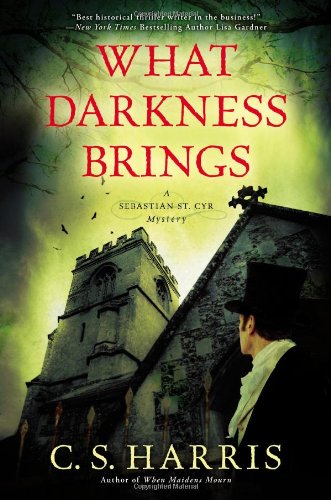 What Darkness Brings (Sebastian St. Cyr, #8) by
What Darkness Brings (Sebastian St. Cyr, #8) by 
 Escape Rating A: It’s not much of a surprise that after
Escape Rating A: It’s not much of a surprise that after 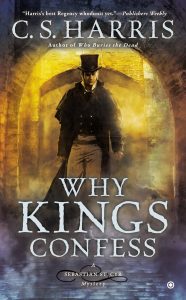 The way the murder, the theft plot and the real history branched and intertwined made this entry in the series one hell of a wild ride, while still tying up loose ends from previous entries and opening up entirely new fields of questions for future books in the series – some of which have admittedly been answered by the point where the series as a whole rests – hopefully temporarily – after
The way the murder, the theft plot and the real history branched and intertwined made this entry in the series one hell of a wild ride, while still tying up loose ends from previous entries and opening up entirely new fields of questions for future books in the series – some of which have admittedly been answered by the point where the series as a whole rests – hopefully temporarily – after 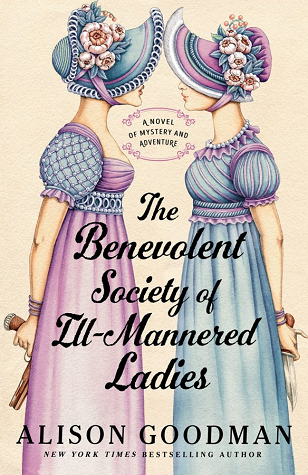 The Benevolent Society of Ill-Mannered Ladies (The Ill-Mannered Ladies, #1) by
The Benevolent Society of Ill-Mannered Ladies (The Ill-Mannered Ladies, #1) by 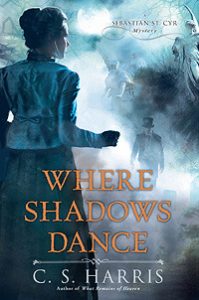 Both the Colebrook sisters and St. Cyr are conducting their investigations during the Regency period, in this book specifically 1812 – which is also the year in which books 4 through 8 of the St. Cyr series (
Both the Colebrook sisters and St. Cyr are conducting their investigations during the Regency period, in this book specifically 1812 – which is also the year in which books 4 through 8 of the St. Cyr series (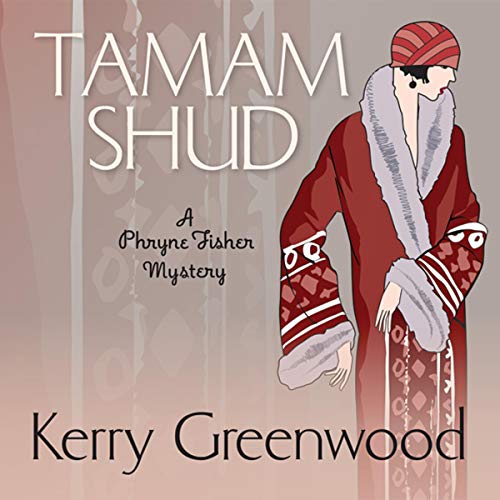 Tamam Shud: A Phryne Fisher Mystery by
Tamam Shud: A Phryne Fisher Mystery by 
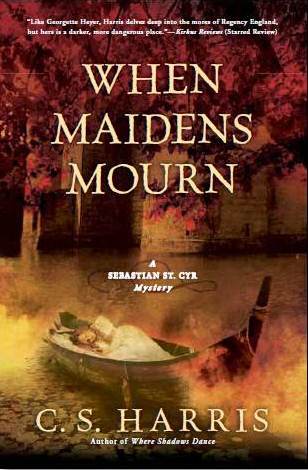 When Maidens Mourn (Sebastian St. Cyr, #7) by
When Maidens Mourn (Sebastian St. Cyr, #7) by  The legend of King Arthur has always loomed large over Britain, but even more so at times when the current monarch is less than popular. Or, as in the case of the corpulent, aging, spendthrift Prinny, Prince Regent for his mentally incapacitated father George III, not just unpopular but downright detested for his endless need for more money and therefore higher taxes to maintain his profligate lifestyle AND continue to prosecute Britain’s seemingly endless war with Napoleon and France.
The legend of King Arthur has always loomed large over Britain, but even more so at times when the current monarch is less than popular. Or, as in the case of the corpulent, aging, spendthrift Prinny, Prince Regent for his mentally incapacitated father George III, not just unpopular but downright detested for his endless need for more money and therefore higher taxes to maintain his profligate lifestyle AND continue to prosecute Britain’s seemingly endless war with Napoleon and France.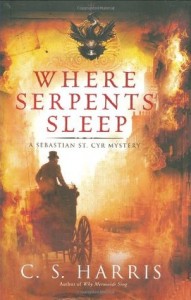 Escape Rating A+: The
Escape Rating A+: The 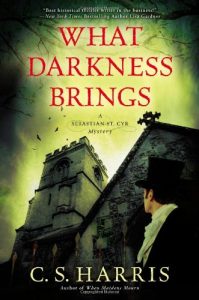 At least, it’s uncertain at this particular point in the series. I began reading St. Cyr almost 20 years ago, at the beginning with
At least, it’s uncertain at this particular point in the series. I began reading St. Cyr almost 20 years ago, at the beginning with 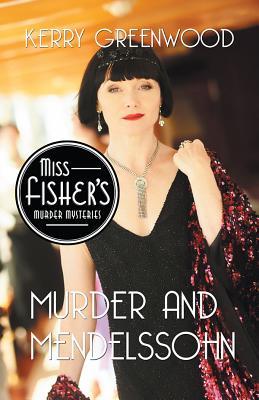 Murder and Mendelssohn (Miss Fisher's Murder Mysteries, 20) by
Murder and Mendelssohn (Miss Fisher's Murder Mysteries, 20) by  For Detective Inspector Jack Robinson, who is most definitely NOT the Jack Robinson of the TV series, it’s a case that he fully admits is not in his area of expertise – so he solicits his friend Phryne Fisher’s help.
For Detective Inspector Jack Robinson, who is most definitely NOT the Jack Robinson of the TV series, it’s a case that he fully admits is not in his area of expertise – so he solicits his friend Phryne Fisher’s help. So a LOT happening, and a ton of fun in the resolution, with more than a bit of derring-do and just a soupçon of bittersweetness. A thoroughly delightful serving of Phryne Fisher’s fascinating brew. And I loved every minute of it!
So a LOT happening, and a ton of fun in the resolution, with more than a bit of derring-do and just a soupçon of bittersweetness. A thoroughly delightful serving of Phryne Fisher’s fascinating brew. And I loved every minute of it!